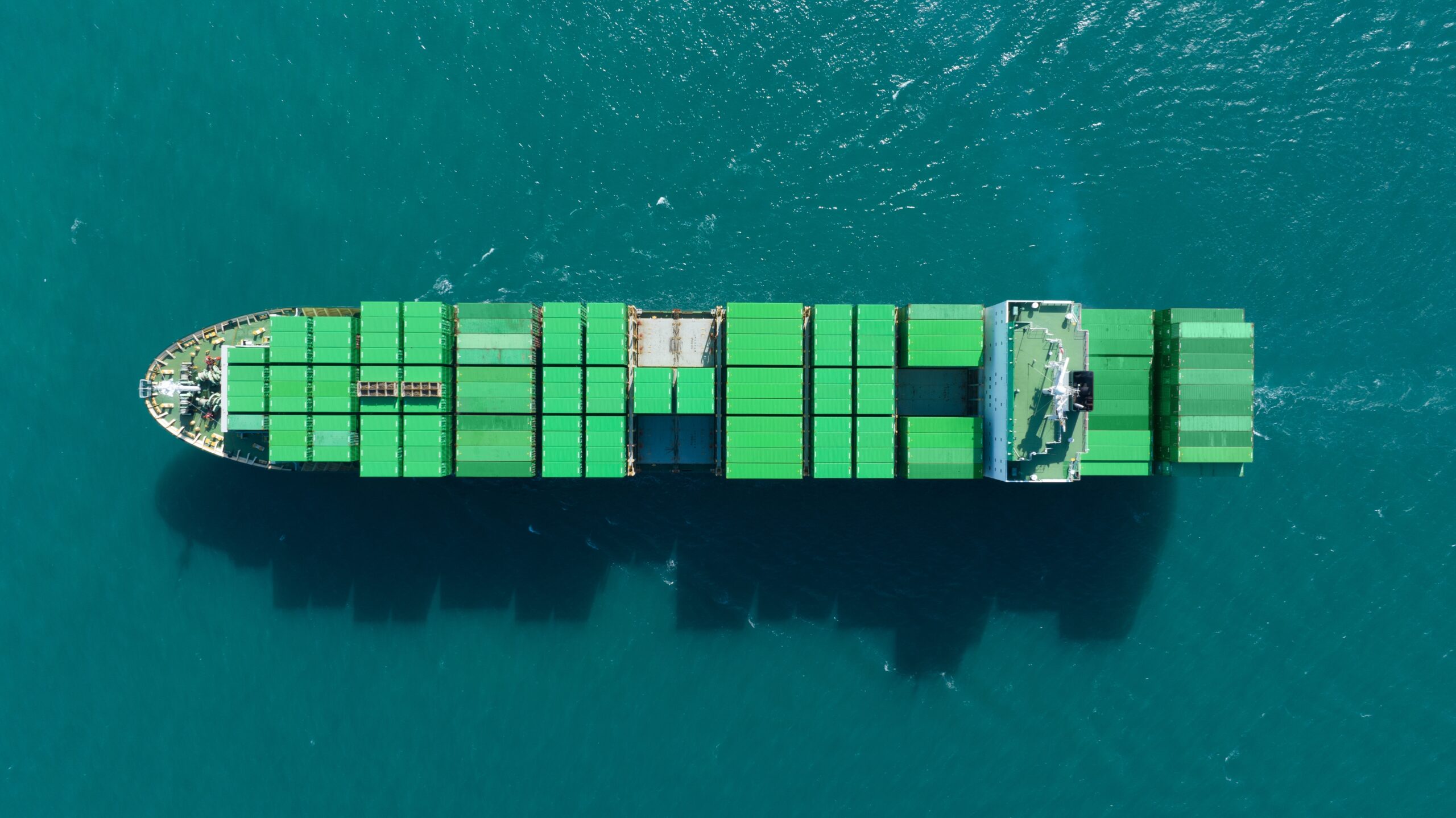Bridging the Gap: Report Calls for Stronger Support in Green Shipping Corridors
Report Urges Support for Green Shipping Corridors

A new report by UMAS, UCL, and the Global Maritime Forum (GMF) has shed light on the challenges faced by green shipping corridors in becoming commercially viable. Despite advancements in policies from the International Maritime Organization (IMO), European Union (EU), and United States (US), additional support is needed to drive the adoption of sustainable maritime fuels. The report, titled “Building a Business Case for Green Shipping Corridors,” delves into the financial hurdles, upcoming regulations, and required assistance for the success of these eco-friendly initiatives.
The Cost Gap Challenge:
Green shipping corridors strive to create a sustainable supply chain for eco-friendly fuels, but their high costs pose a significant barrier. While regulatory changes such as the IMO’s global fuel standard, the EU’s Emissions Trading System (ETS), and the US Inflation Reduction Act (IRA) are expected to reduce costs, they still fall short of making e-fuels cost-competitive with traditional options. The report focuses on key shipping sectors like gas carriers, container ships, and bulk carriers, highlighting the potential improvements in the business case for green corridors. It suggests that while biofuels and blue ammonia may offer short-term cost advantages, e-fuels like e-ammonia are likely to become more competitive as production scales up and compliance requirements become stricter.
The Need for Targeted Support:
Despite progress in regulations, the report stresses the necessity of additional economic measures to expedite the adoption of green shipping corridors. Proposed mechanisms include Contracts for Difference (CFDs), e-fuel auctions, and financial incentives for exceeding e-fuel mandates. The report also mentions the potential revenue generation through an emissions levy imposed by the IMO, but underscores that national governments may need to intervene in the absence of such a mechanism.
Industry-Wide Collaboration Required:
To ensure the success of the 62 green shipping corridors already in the pipeline, industry stakeholders must collaborate closely. Cargo owners, ship operators, and fuel producers need to align on long-term commitments to mitigate investment risks and facilitate infrastructure development. Deniz Aymer, a Senior Consultant at UMAS, emphasizes the importance of direct support in bridging the cost gap, while Dr. Nishatabbas Rehmatulla of the UCL Energy Institute warns of potential delays in the implementation of green corridors without clear demand signals and public backing.
New report stresses need for support of green shipping corridors
Momentum Building for Zero-Emission Shipping:
The momentum behind decarbonizing shipping is growing stronger. Recent developments, such as the EU’s €7.8 million ($8.1 million) grant to the STEESMAT project for zero-emission vessel power distribution systems, indicate progress in sustainable shipping efforts. As the transition to eco-friendly shipping gains momentum, the report underscores the critical need for targeted support to ensure that green shipping corridors can lead the industry towards a greener future.
